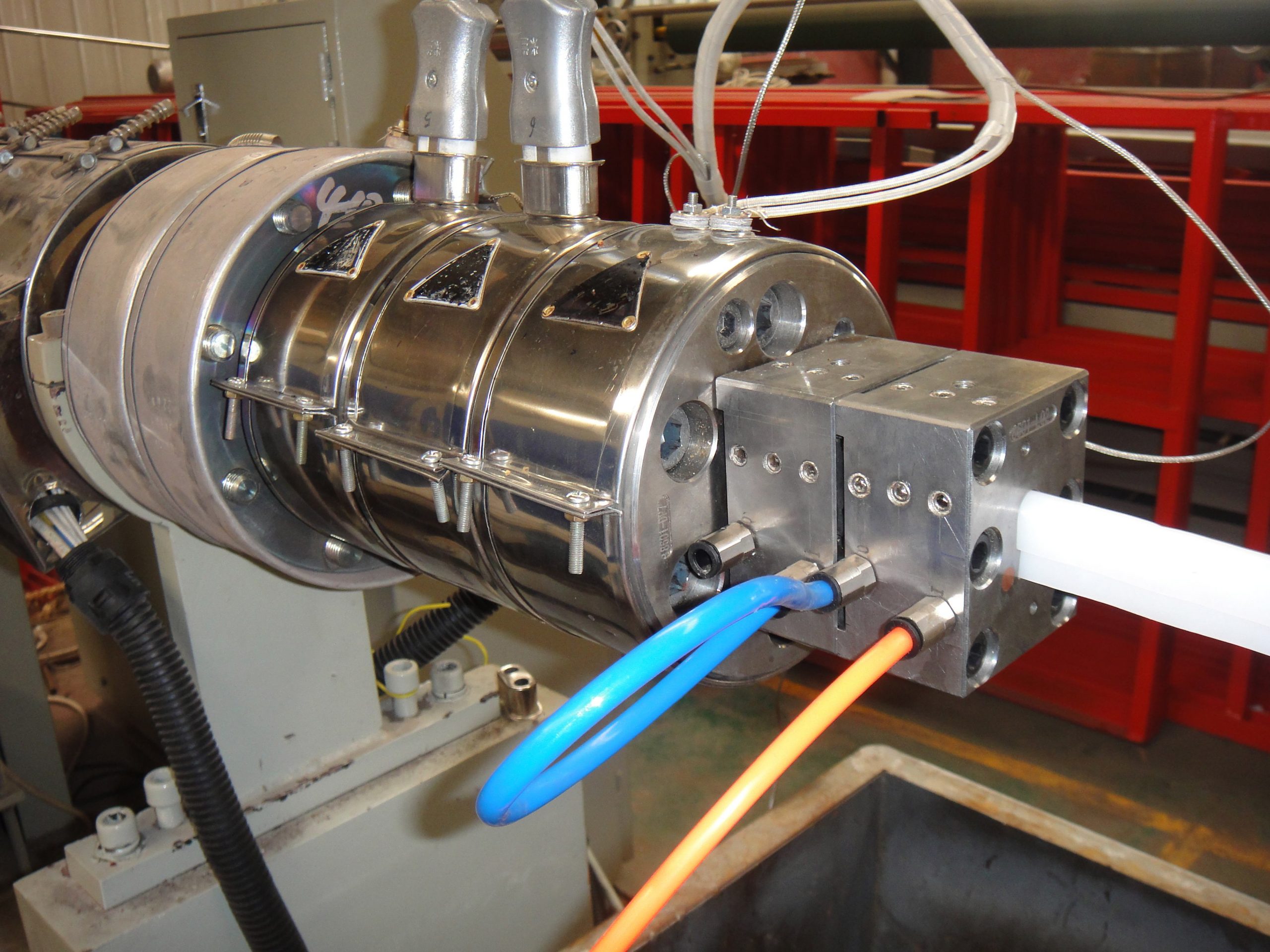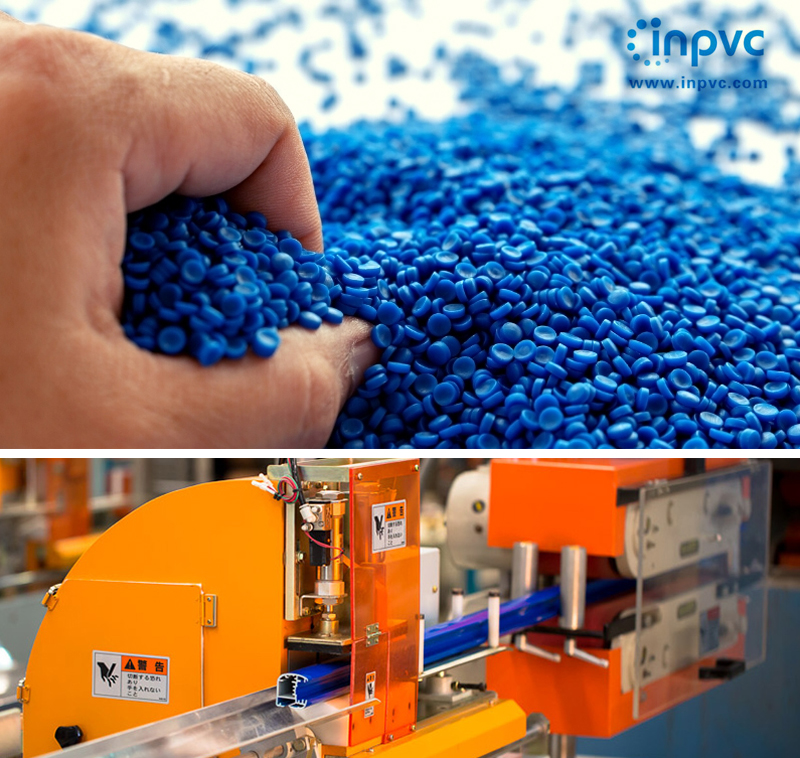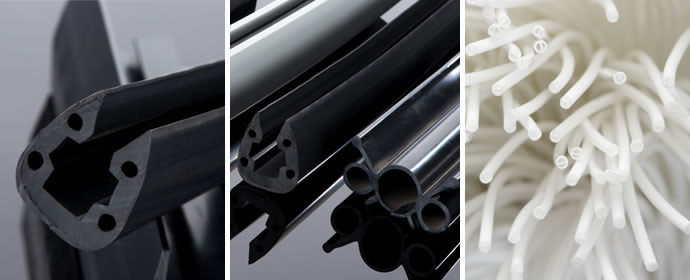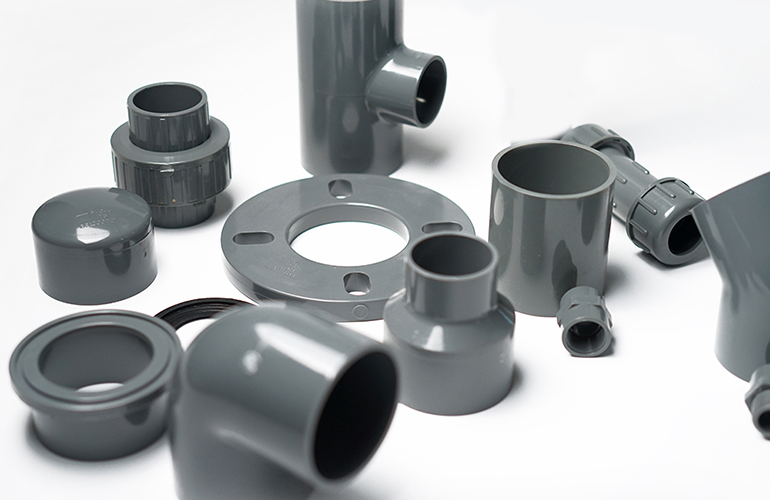Plastic extrusion is in frequent use in today’s plastics industry because it’s readily available and easy to work with. The plastic extrusion process involves melting plastic material, forcing it into a die to shape it into a continuous profile, and then cutting it to length. The process is a good choice for applications that require a final product with a constant cross-section. The low cost and high production rates make it a common manufacturing choice for products such as piping, plastic sheeting, weather stripping, wire insulation and adhesive tape.
Plastic Extrusion Supplies
Prior to beginning the plastic extrusion process, the proper machinery and supplies must be obtained, specifically a plastic extruder machine. This device is a fairly simple machine that facilitates the extrusion process from start to finish. The main components of a plastic extruder include a hopper, barrel, screw drive and screw drive motor.
The second most important component is the raw thermoplastic material intended for extrusion. The majority of extrusion operations rely on resin plastic (small solid beads) to allow for simple loading and quick melting times. Common plastic materials used in the extrusion process include high impact polystyrene (HIPS), PVC, polyethylene, polypropylene, and ABS.
The final component necessary for plastic extrusion is the die. The die serves as the mold for the plastic—in plastic extrusion, dies allow for even flow of the molten plastic. Dies typically must be custom made and may require additional lead time prior to beginning the manufacturing process.


Specialty Plastic Extrusion Processes
Many applications call for specialized extrusion processes to obtain adequate results or speed up the production process. Common specialty extrusion processes include:
● Blown film extrusion: Used to fabricate plastic film products such as grocery and food storage bags The dies in this process feature an upright, cylindrical design that pulls the molten plastic upward as it forms and cools.
● Co-extrusion: Several layers are extruded at the same time. Two or more extruders feed different types of plastic into a single extrusion head.
● Over jacketing: Extrusion is employed to coat an item in protective plastic coating. Exterior wire and cable jacketing is the most common application of overjacketing.
● Tubing extrusion: Similar to traditional extrusion, except the die includes interior pins or mandrels to facilitate the production of hollow plastic materials.
The Basic Process of Plastic Extrusion
The plastic extrusion process begins with the placement of raw resin into the extruder’s hopper. If the resin lacks additives necessary for the particular application (such as UV inhibitors, anti-oxidants, or colorants), then they are then added to the hopper. Once in place, the resin is typically gravity-fed through the feed throat of the hopper down into the extruder’s barrel. Within the barrel is a long, rotating screw that feeds the resin forward in the barrel towards the die.
As the resin moves along within the barrel, it is subjected to extremely high temperatures until it starts to melt. Depending on the type of thermoplastic, barrel temperatures can range between 400 and 530 degrees Fahrenheit. Most extruder’s have a barrel that gradually increases in heat from the loading end to the feed pipe to enable gradual melting and minimize the possibility of plastic degradation.
Once the molten plastic reaches the end of the barrel, it is forced through a screen pack and fed into the feed pipe that leads to the die. The screen, reinforced by a breaker plate due to high pressures in the barrel, serves to remove contaminants that may be present in the molten plastic. The porosity of the screen, number of screens, and other factors can be manipulated until uniform melting occurs as a result of the right amount of back pressure.
Once in the feed pipe, the molten metal is fed into the die cavity, where it cools and hardens. To expedite the cooling process, the newly formed plastic receives a sealed water bath. In the case of plastic sheeting extrusions, cooling rolls replace the water bath.


Post time: Oct-25-2021





